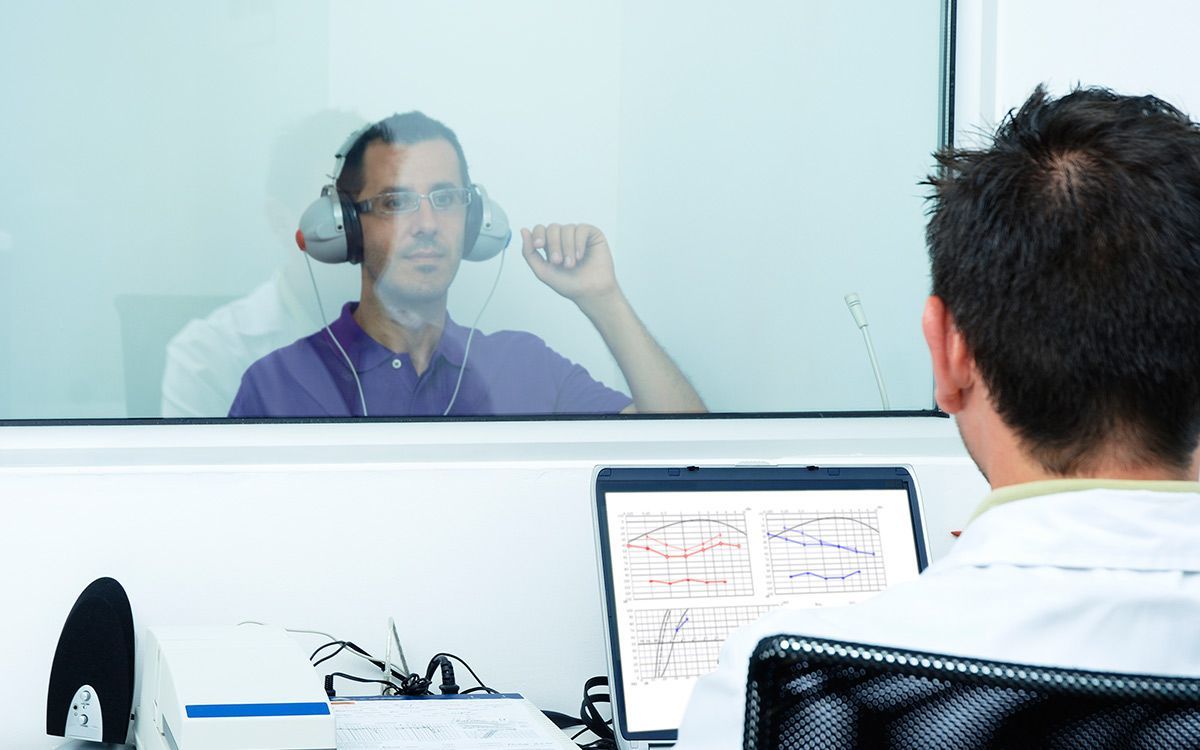Hearing Aids Aren’t What They Used to Be – They’re Better

Have you utilized your ear trumpet lately? No? You don’t use one? Because that technology is hundreds of years old. Okay, I suppose that seems logical. Ear trumpets are a bit… archaic.
The basic shape of the modern hearing aid was designed in the 1950s. And that old model hearing aid is generally the one we remember and picture. But visualizing a hearing aid in this way isn’t realistic because those old hearing aids are antiquated technology. We need to really advance our thinking if we want to get an accurate picture of how how much better modern hearing aids are.
The History of Hearing Aids
So that you can better comprehend just how advanced hearing aids have become, it’s useful to have some perspective about where they started out. If we follow the history back far enough, you can most likely find some type of hearing assistance device as far back as the 1500s (whether any of them ever really helped you hear better is probably unlikely).
The first moderately effective hearing assistance apparatus was probably the ear trumpet. This device was shaped like, well, a long horn. The wide end faced the world and the narrow end was oriented into your ear. These, er, devices were not really high tech, but they did offer some measurable assistance.
The real revolution came once someone invited electricity to the party. The hearing aid as we now know it was essentially developed in the 1950s. They were rather rudimentary, relying on transistors and large, antiquated batteries to get the job done. But a hearing aid that could be conveniently worn and hidden started with these devices. The hearing aids of the 1950s might have looked comparable to modern hearing aids but the technology and capability is worlds apart.
Hearing Aid’s Modern Features
Put simply, modern hearing aids are technological masterpieces. And they continue making improvements. Since the late twentieth century, modern hearing aids have been utilizing digital technologies in a few profound ways. The first, and the most crucial way, is straight forward: power. Earlier versions had batteries that had less power in a bigger space than their present counterparts.
And a long list of innovative advances come with increased power:
- Selective amplification: Hearing loss usually manifests as loss of specific frequencies and wavelengths of sound. Maybe low frequency sound is hard to hear (or vice versa). Modern hearing aids can be programmed to boost only those sounds that you are unable to hear very well, resulting in a much more efficient hearing aid.
- Construction: Modern hearing aids are normally made of high tech materials, so they feel more comfortable. While these new materials enable hearing aids to be more comfortable, it also allows them to be more robust. It’s easy to see how hearing aids have advanced on the outside as well as the inside with the addition of long lasting and rechargeable batteries.
- Speech recognition: The biggest objective, for most hearing aid owners, is to facilitate communication. Some hearing aids, then, have built-in speech recognition software developed to separate and amplify voices mainly–from a busy restaurant to an echo-y meeting hall, this feature comes in handy in many circumstances.
- Bluetooth connectivity: Your hearing aids are now able to connect to other devices using wireless Bluetooth technology. This can be extremely useful on a daily basis. For example, hearing aids used to have a hard time with telephone calls because users would experience considerable (and sometimes uncomfortable) feedback. With contemporary hearing aids, you can just connect to your cellphone using Bluetooth connectivity and never miss a call. You will also use Bluetooth connectivity to participate in a variety of other electronic activities. This means quick, feedback free connection to your music, TV, etc.
- Health monitoring: State-of-the-art Health tracking software is also integrated into modern hearing aid options. For example, some hearing aids can detect whether you’ve had a fall. Other functions can count your steps or give you exercise motivation.
The older style hearing aids no longer exemplify what hearing aids are, in the same way as rotary phones no longer capture what long distance communication looks like. Hearing aids have changed a lot. And that’s a positive thing–because now they’re even better.


